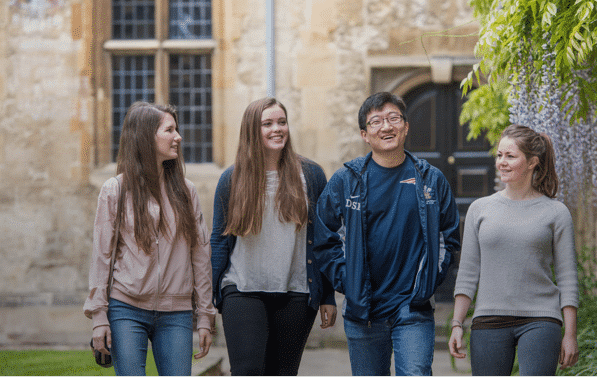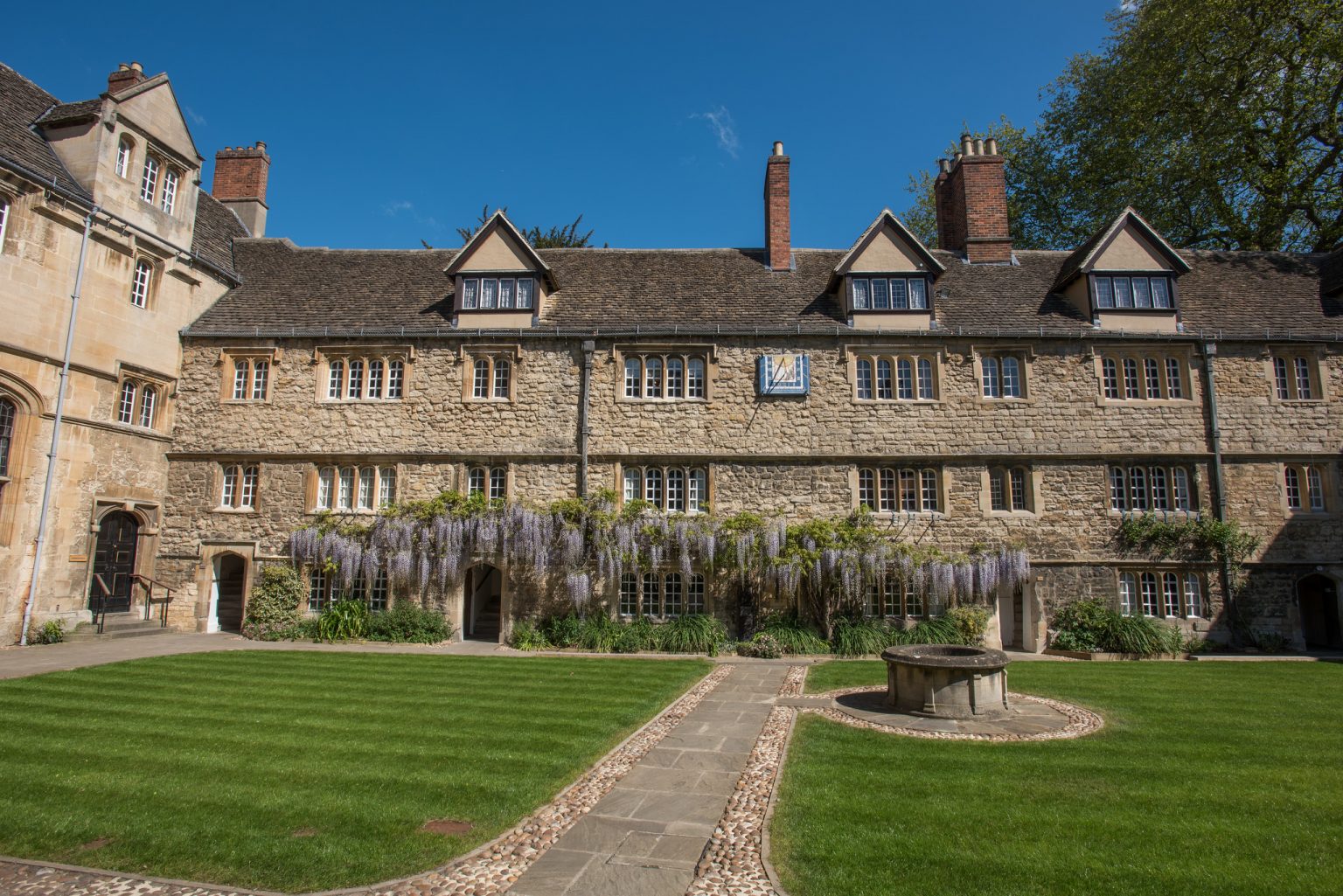Support the Hall
Philanthropy at the Hall
Prior to the 17th century there is little evidence of major benefactions to the Hall, primarily due to its status as an essential off-shoot of Queen’s College. Thomas Lancaster, the largely absent Principal of the Hall between 1565 and his death in Ireland in 1583, attempted to set up a school in Drogheda which would send 8 students on a scholarship basis to St Edmund Hall, but his will was disputed and the school was not built. However, with the gradual development of a unique identity, and under the influence of several enterprising Principals (most notably Thomas Tullie, 1658-76), the Hall began to receive donations and legacies, allowing it to expand and develop.
1630-1: The first of these benefactions was by Principal John Rawlinson (1610-31) who bequeathed in his will a quit-rent of £6 a year for the maintenance of a divinity lecture.
1659-76: The Principalship of Thomas Tullie was seen as somewhat of a golden age for the Hall, with the Hall expanding both in terms of students and buildings after the hardships and repercussions of Oxford’s support for King Charles I during the civil war. In this year Tullie began construction of the Old Dining Hall, contributing £200 of his own money. It is possible to consider Tullie as the first fundraiser for the Hall, as he initiated a programme whereby graduating students left £5 to the Hall, a programme which funded the expansion of the library.
1676-84: Tullie’s successor, Stephen Penton (1676-84) was a similarly enterprising if overly experimental Principal, and under his leadership the Hall continued its fundraising activities and was able to construct the Chapel and what is now the Old Library. Donations amounted to £366 5s, with individual donations ranging from £1-£40.
1709: The 18th century saw a shift of focus from building work to exhibitions. The first recorded bequest towards an exhibition was by Sir Charles Thorold, who nominated St Edmund Hall as one of 8 Oxford institutions to award a £5 scholarship to each student of limited means.
1748-56: The Hall became less successful in regard to benefactions as the century wore on, and on occasion were deeply unfortunate to be short-changed by wider circumstances. In admiration for the Provost of Queen’s, Dr Joseph Smith, Lady Elizabeth Hastings altered her bequest to allow Queen’s rather than St Edmund Hall to benefit from six exhibitions of £20 per annum. When Dr Smith himself died, he left a sum to fund two exhibitions of £20 per annum at the Hall, the provision of which was dependent on the success of an investment in British Fisheries. Unfortunately, British Fisheries proved to be a monumental failure, and the money was never given. In a separate episode, Thomas Secker, Bishop of Oxford and later Archbishop of Canterbury, attempted to leave a bequest to assist poor students, but this was annulled by the court on request of his family.
1763: Dr George Holme, fellow of Queens, bequeathed £1,000 to endow the Principal’s living expenses at £200 per year. This money was used to purchase the rectory of Gatcombe on the Isle of Wight, which was held by the Hall until 1913.
1852: Former student Revd William Borrows gives £129 to the library.
1855: Edmund Hobhouse gives £5,000 to maintain ten students. This fund lasted for nearly 50 years and ended in 1904.
1860s: 1864 saw the start of the long tenure of Principal Edward Moore (1864-1913). During his time as Principal, Moore provided for an Organist and Librarian exhibition each at £24 per annum. He later provided £200 for various exhibitions ranging from £10-£24 per year. This decade also saw former student George Greig give £1 4s 3d for the repair of books.
1913: In this year, Queen’s started an annual fund of £300 per annum for exhibitions to the Hall.
1920s: The great-great-nephew of Thomas Secker, Revd J.C. Gawthern, gives £1,700 in securities to atone for the loss of his ancestor’s legacy, establishing the Secker Exhibitions. He had earlier donated a portrait of the former Archbishop of Canterbury. The end of the decade saw the establishment, by public subscription, of a fund to assist students taking Holy Orders, instigated in celebration of the former Vice-Principal H.P. Liddon’s centenary year. In 1928, former student W.L. Martin gave securities of £800 to establish a bursary fund to assist those ordained into the Church.
1930s: In the early years of the decade, H.N. Farington and H.C. Ingle each gave £1,000 for the establishment of exhibitions. In the same decade Jennet Bittleston, Mary Markendale, and Emily Bittleston begin a series of donations in memory of their father which would eventually amount to £3,000.
1940s: The 1940s were a difficult period for the Hall, with the vast majority of its student body fighting in the Second World War. However, under the leadership of Principal Emden the College continued to survive. In 1941, Dorothy Little gave £1,000 to endow a classics scholarship. This was followed in 1944 by a generous bequest from Revd A.C. Keene which saw the residue of his estate left to the Hall to fund scholarships. A significant development came in 1948, when the Hall was able to use its share of a £1,500,000 donation to the University from Sir Antonin Besse to purchase and develop a number of rooms on the High Street. The Besse building is named in his honour.
1954: The Regius Professor of Ecclesiastical History, Canon Claude Jenkins, donates funds to endow the Hall’s first Junior Research Fellowship.
1960s: Emden’s successor as Principal, John Kelly (1951-79), instigated a number of major fundraising projects for both building work and, after the Hall became a College in 1957, to build the endowment. The Besse building was redeveloped between 1968-70, the same period that St Peter-in-the-East was converted into the new College library.
1970s: During the 1970s the new buildings beyond the Front Quad were constructed, creating a new dining hall for the growing student body, as well as additional first year rooms. One of these buildings was later named Kelly Tower in his honour. In 1979, former Principal Emden died, leaving the bulk of his £400,000 estate to the Hall. The other new building was named Emden Tower in recognition of this and his long service to the Hall.

Remember the Hall in your Will
